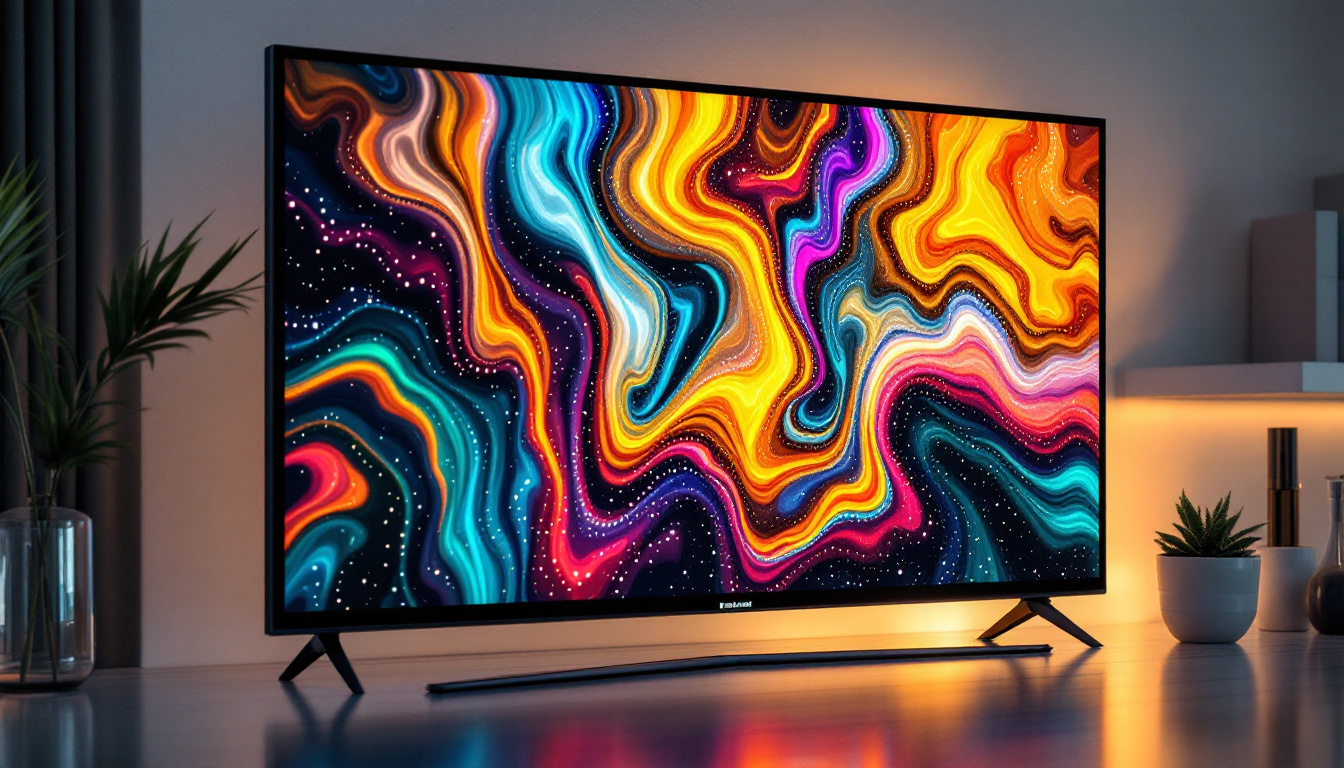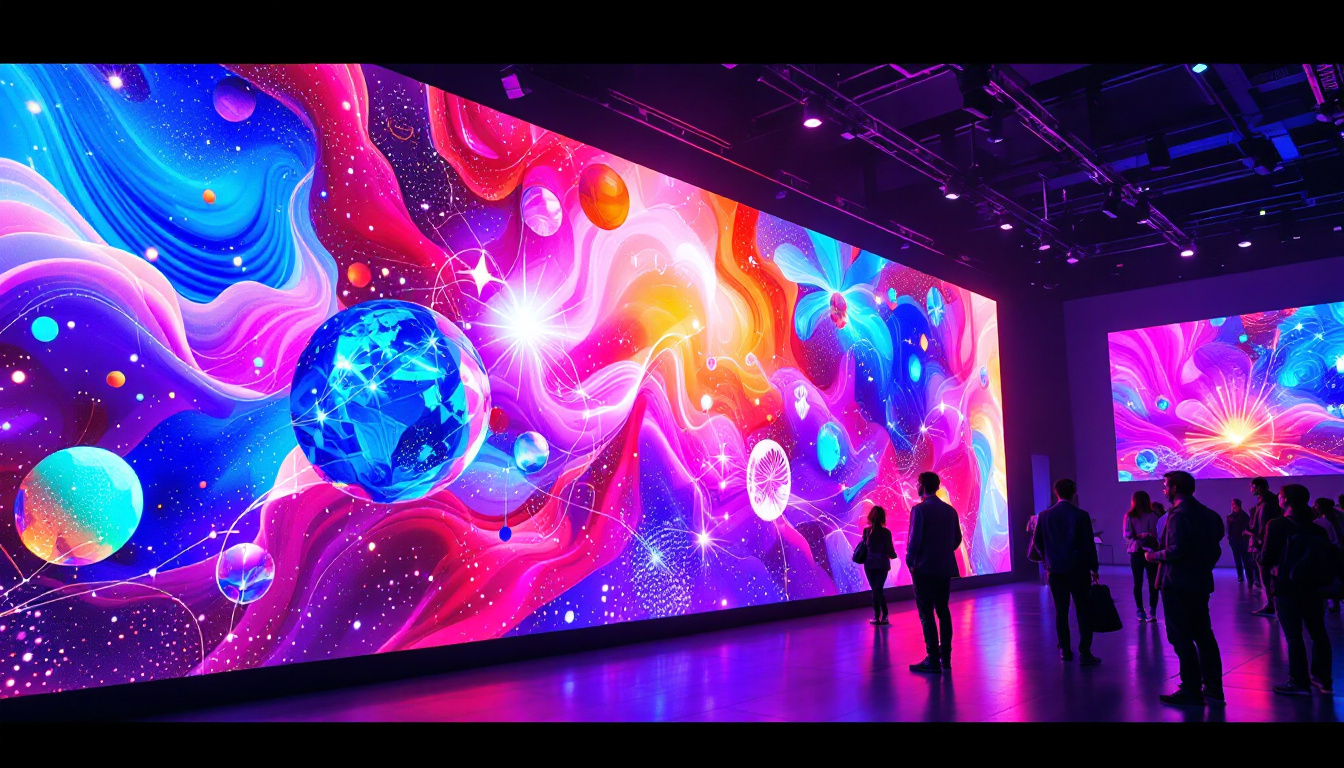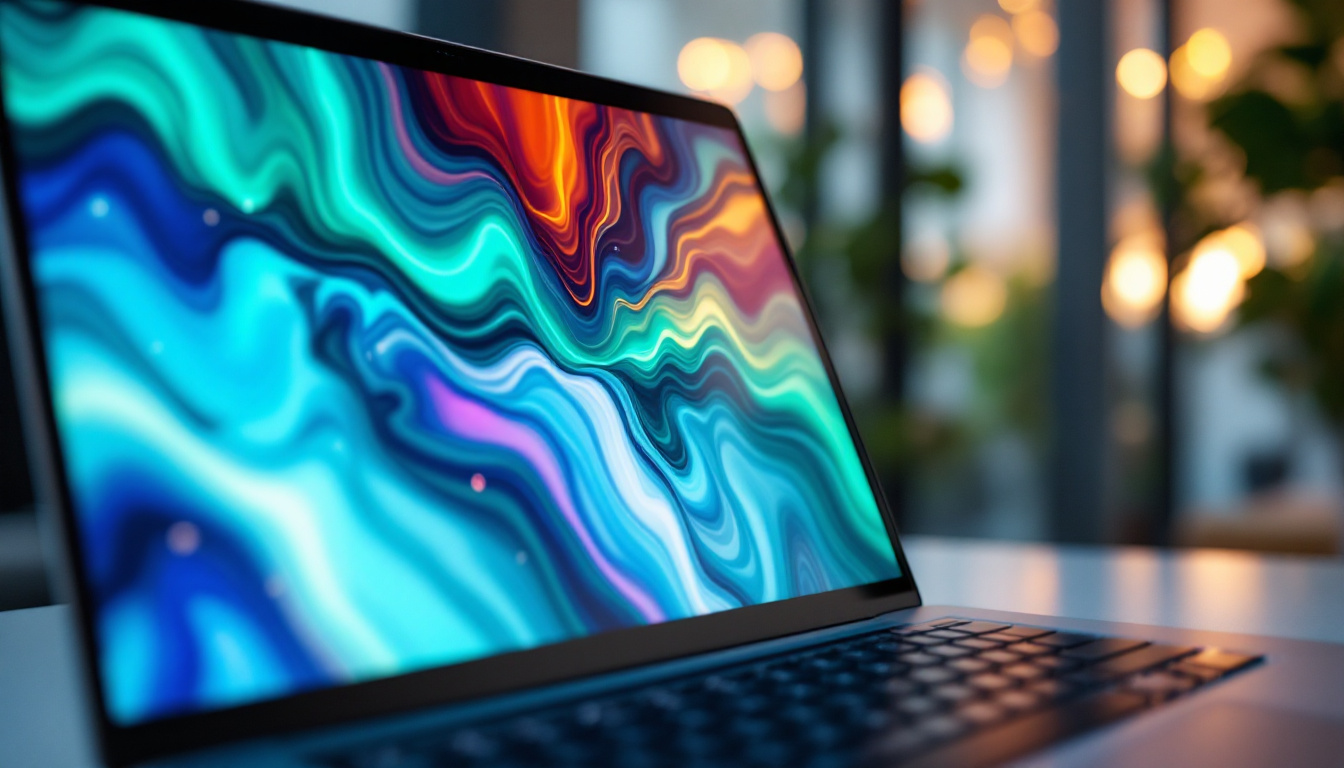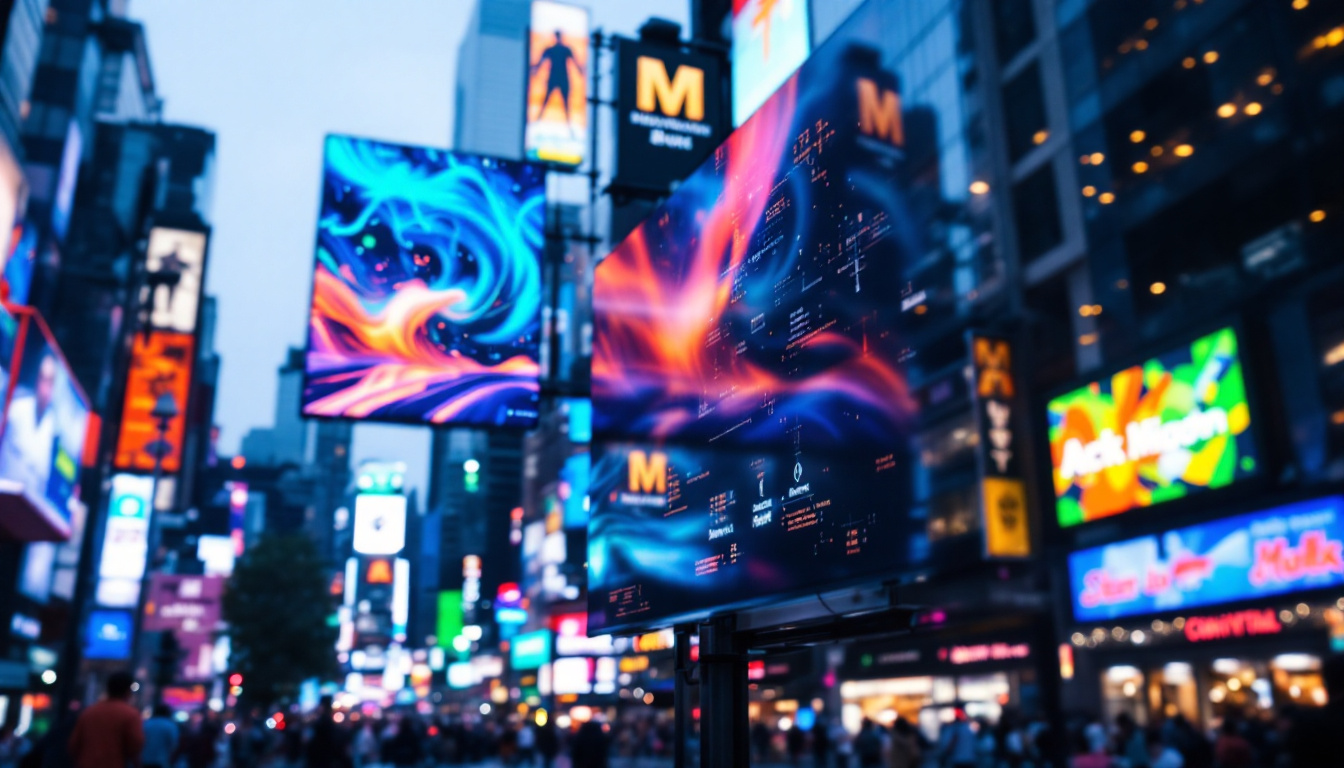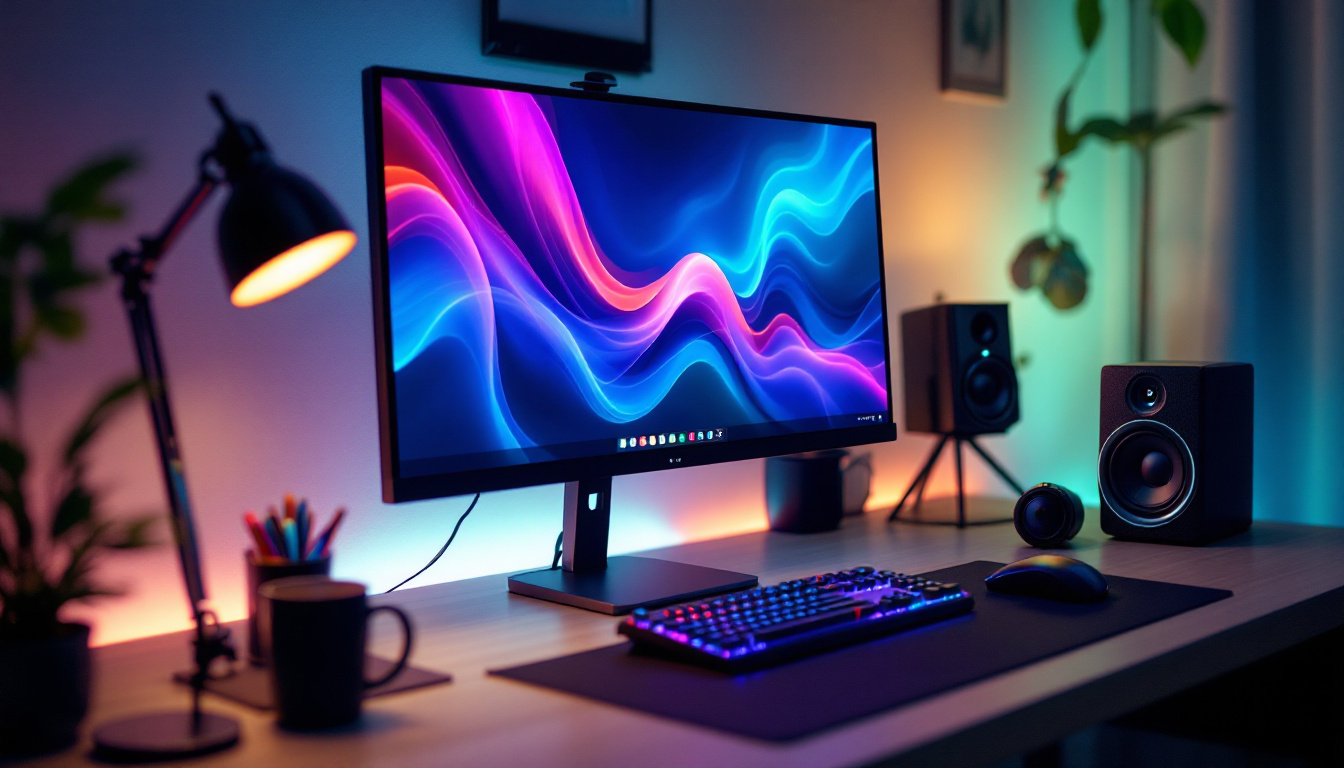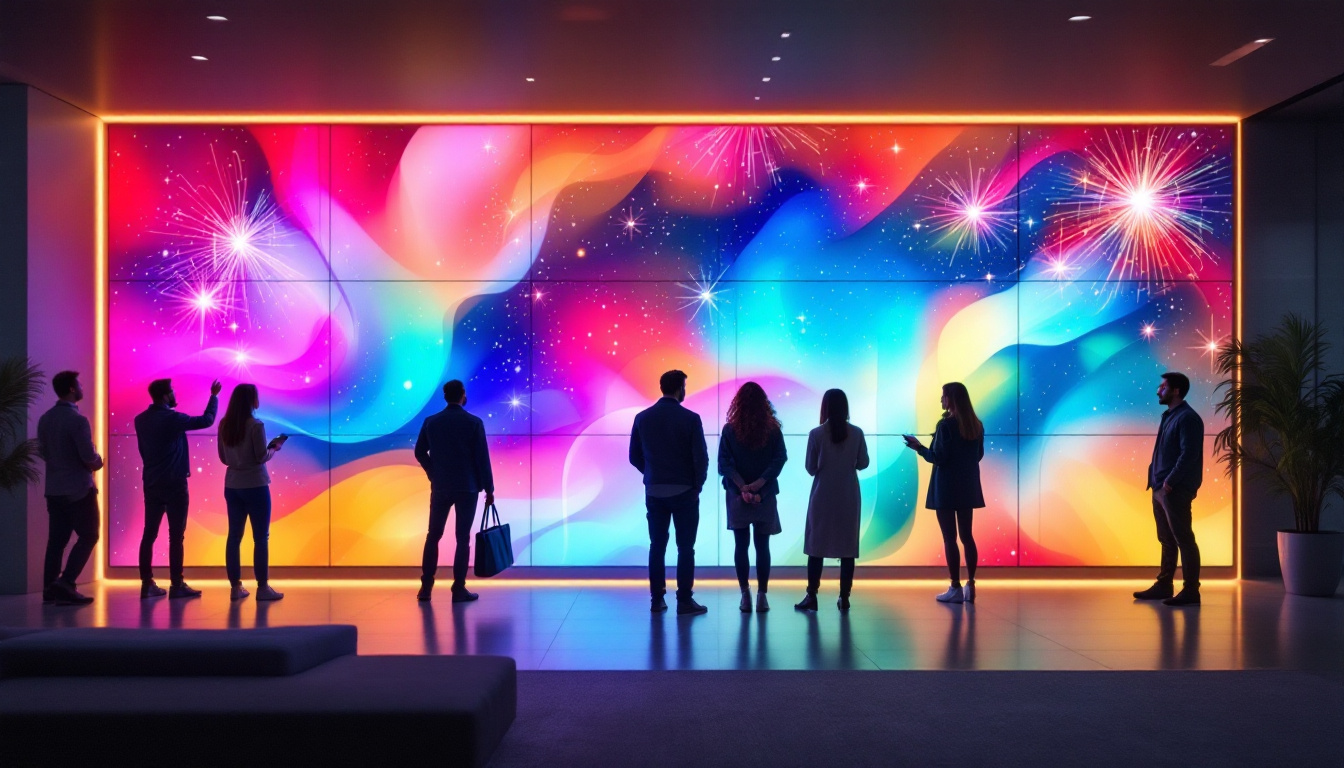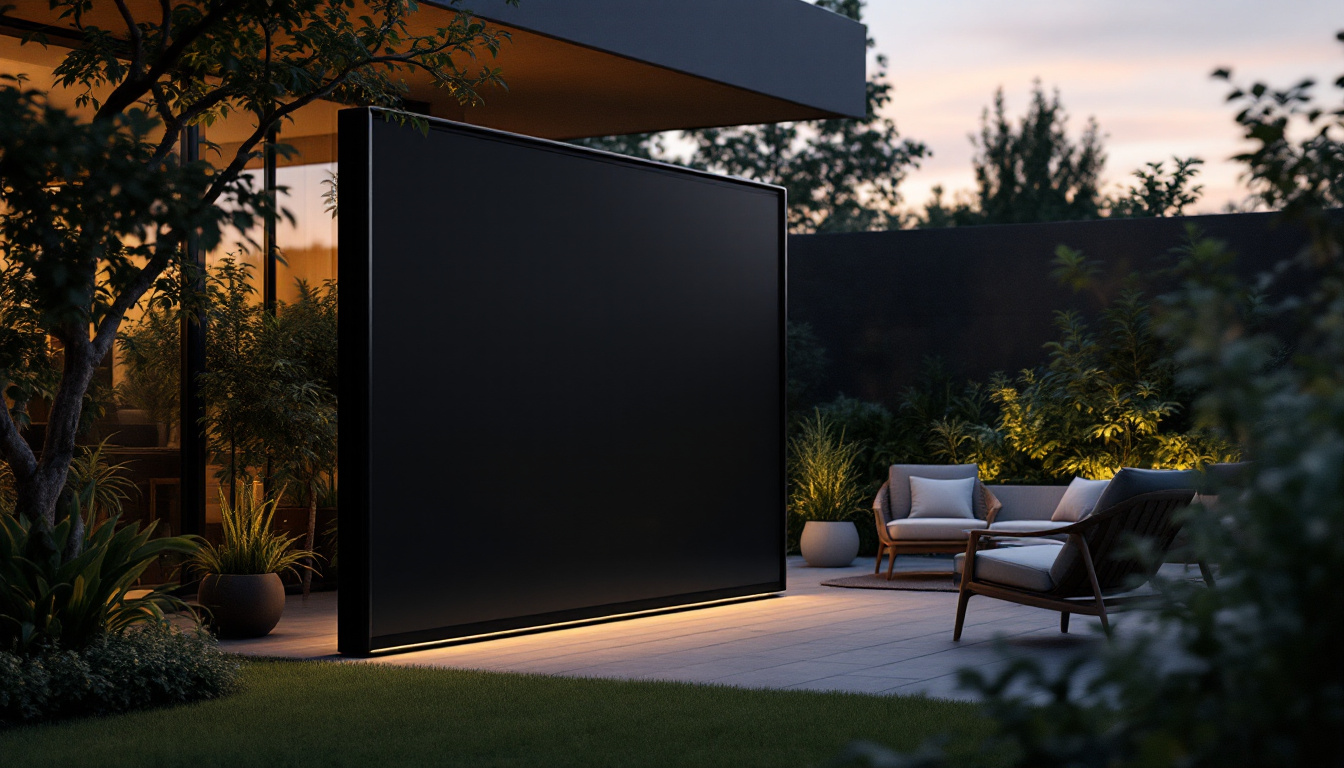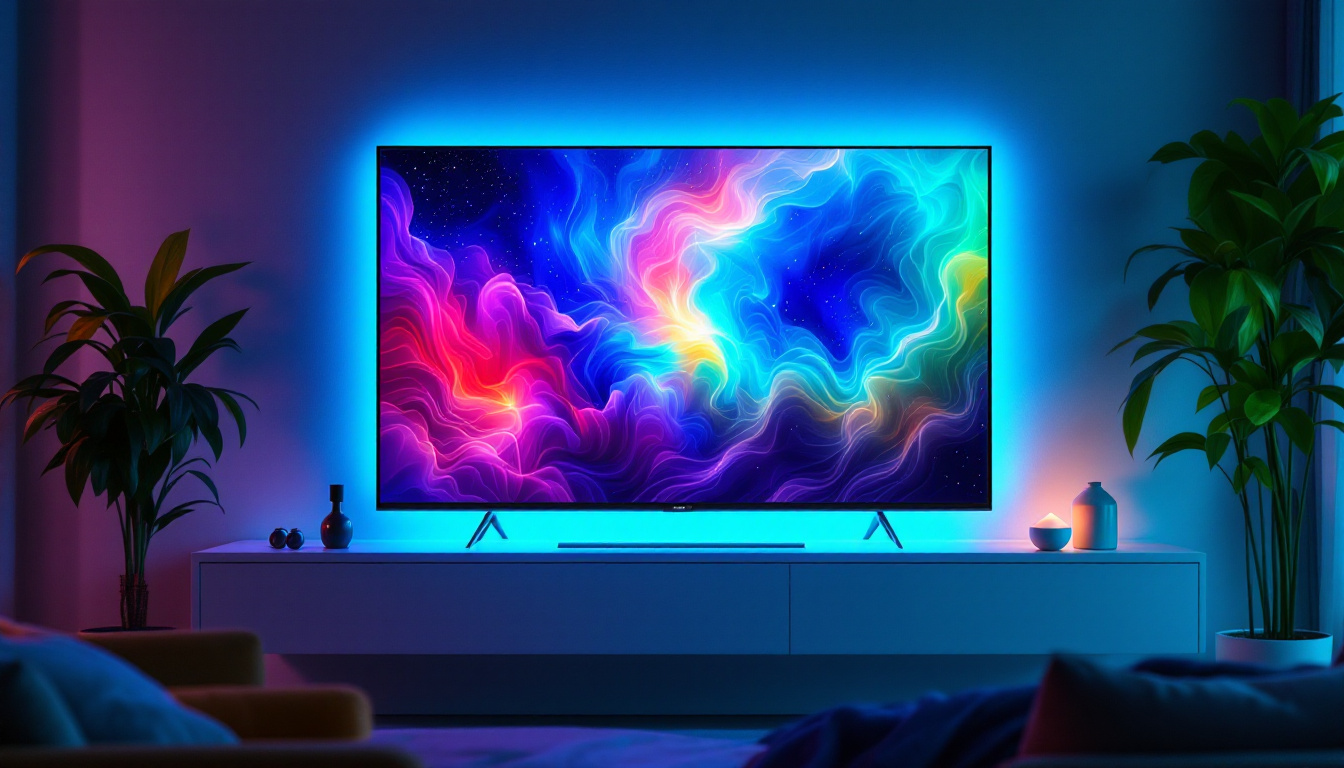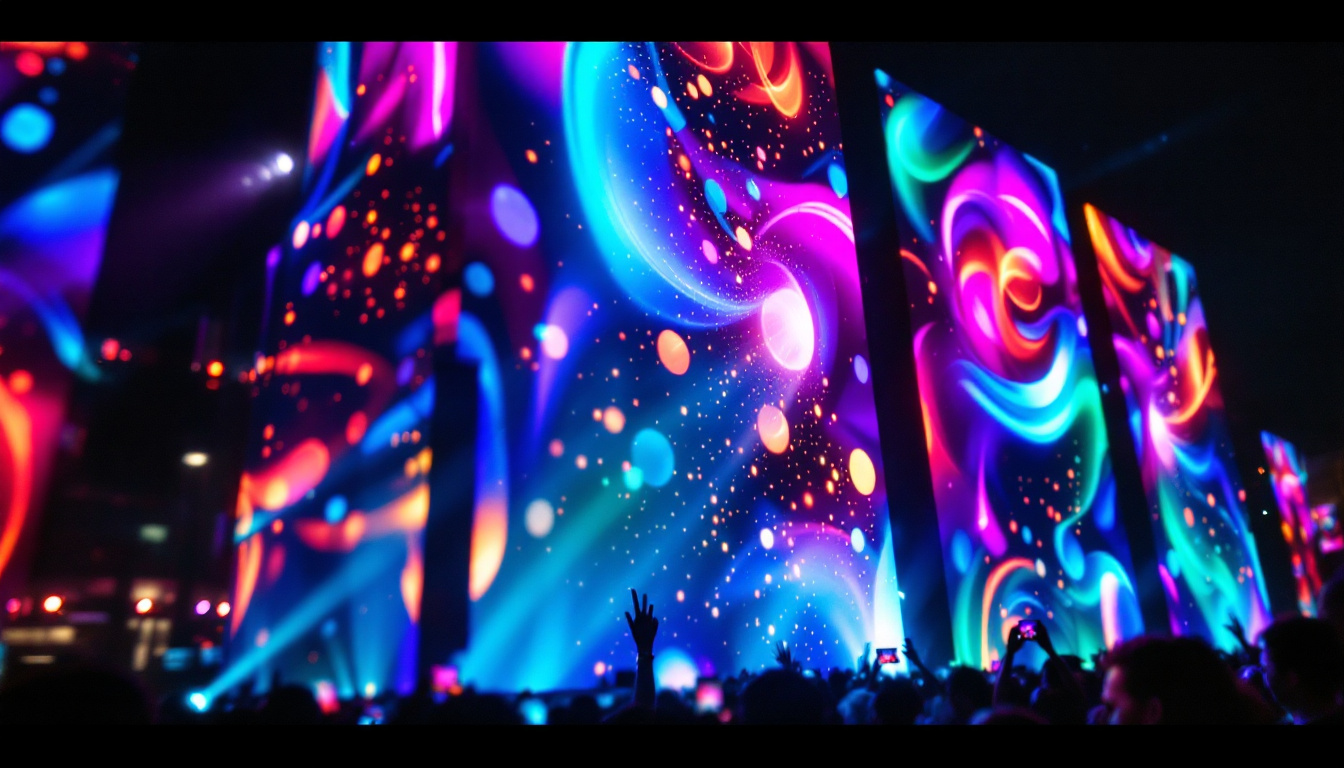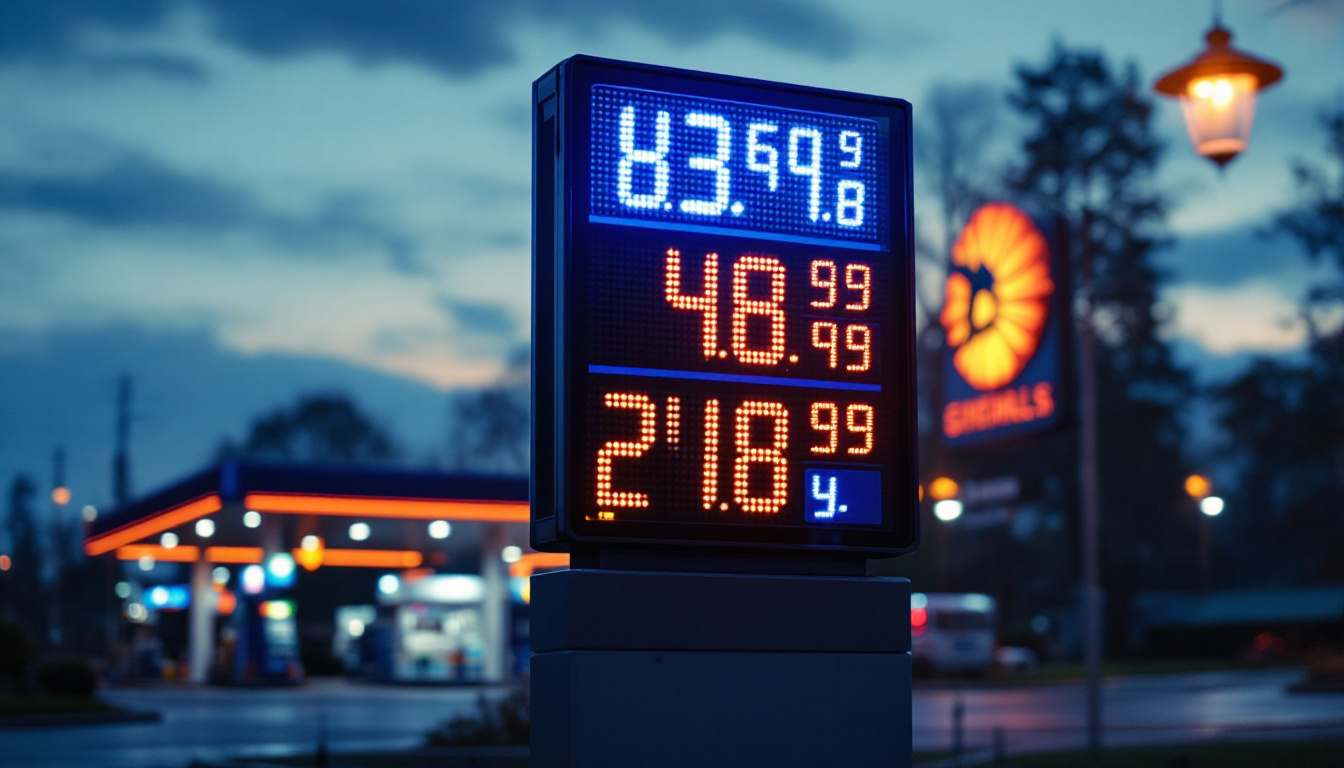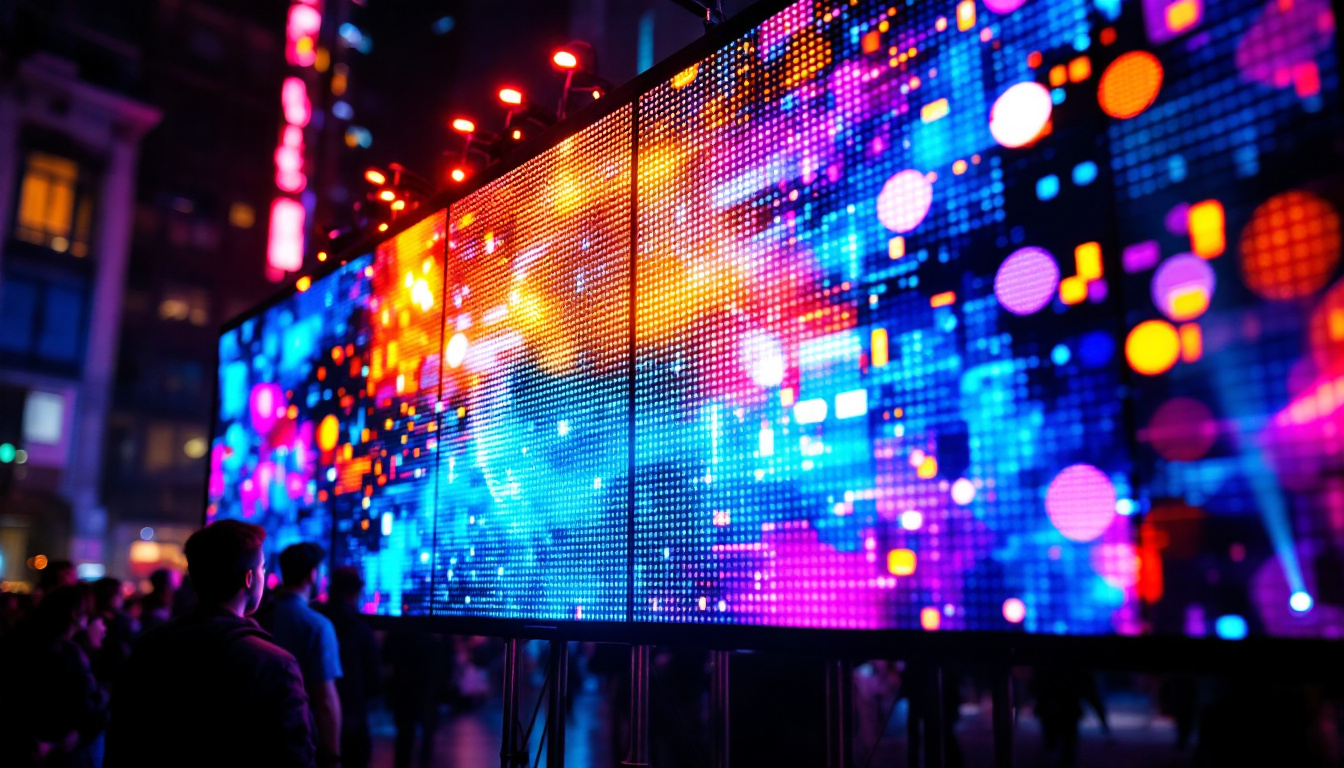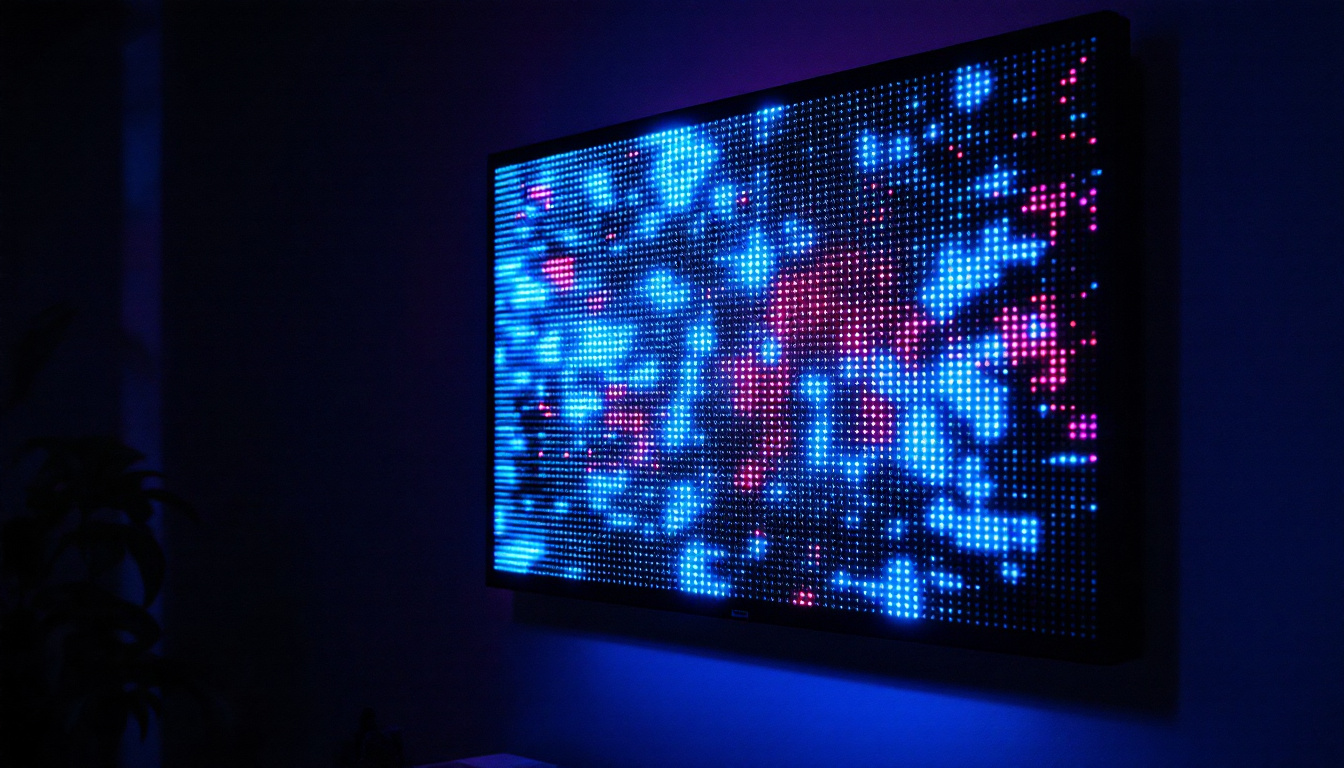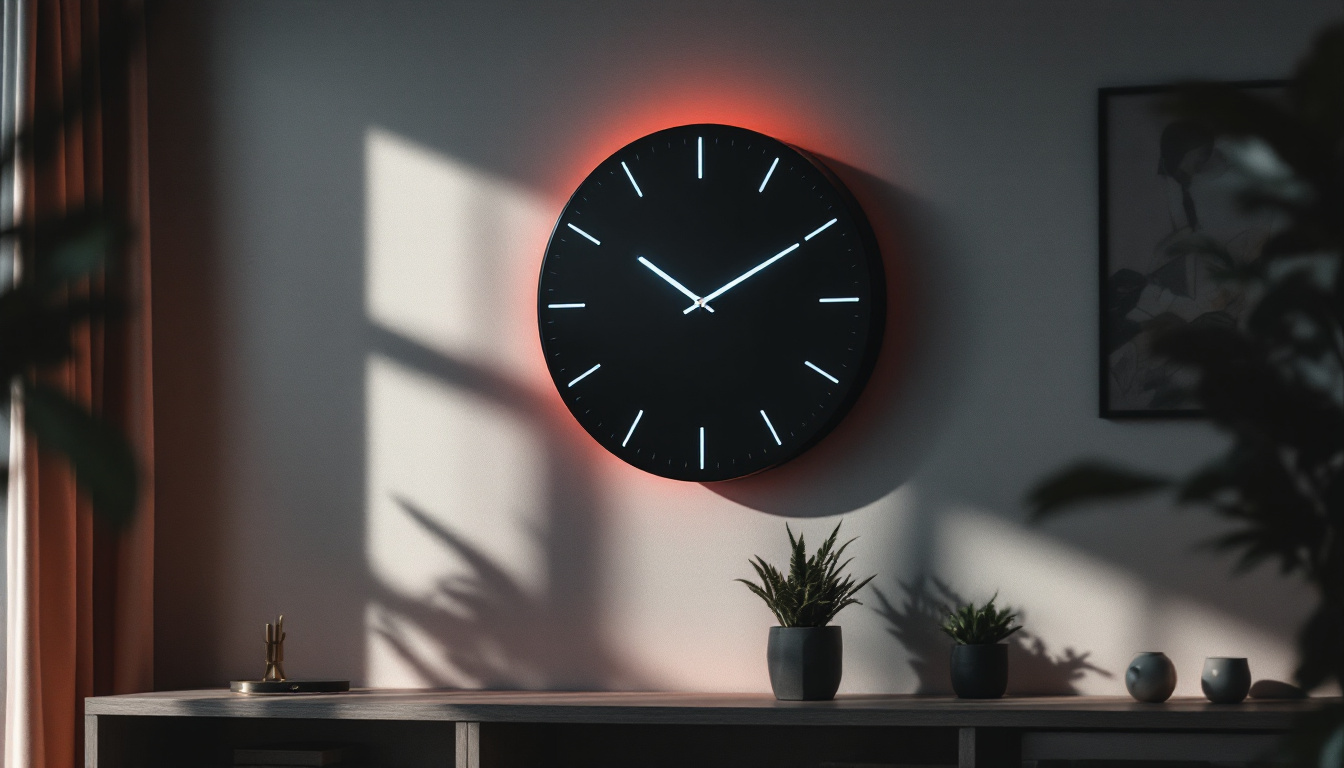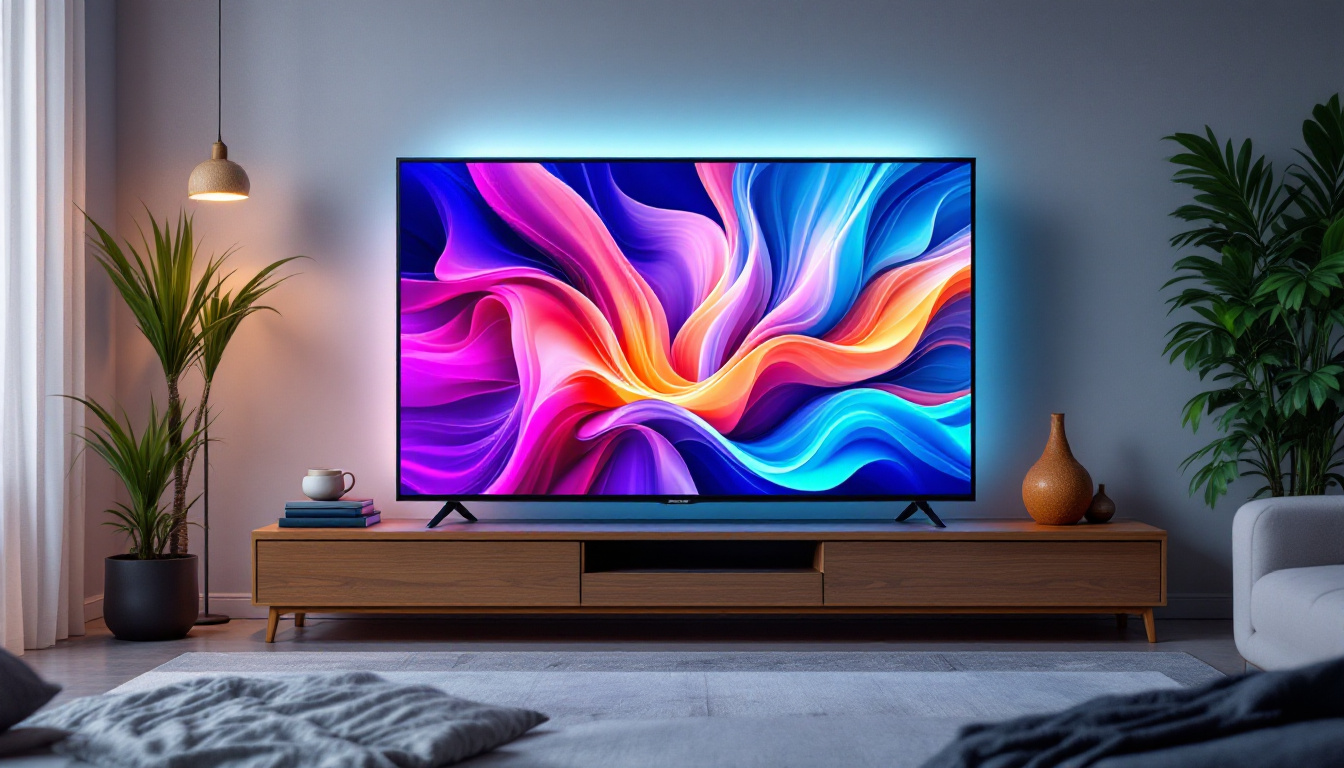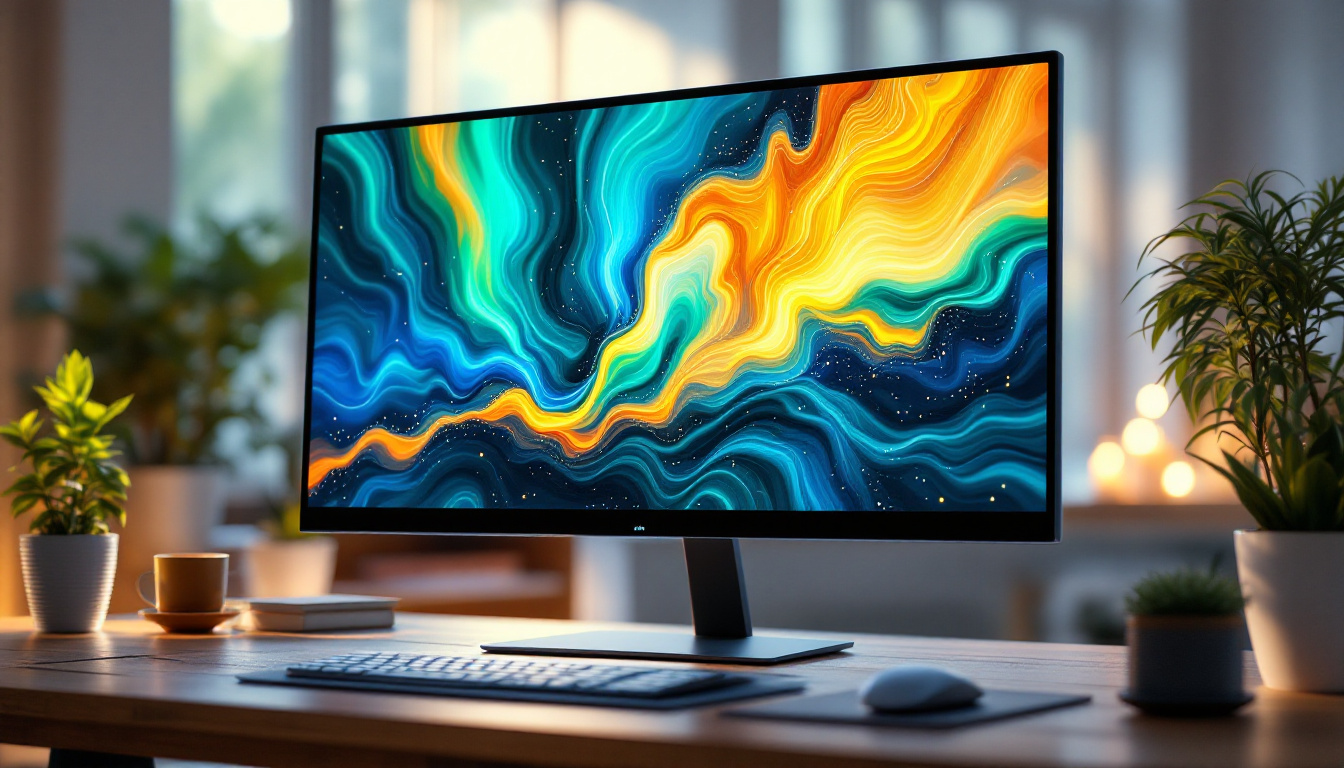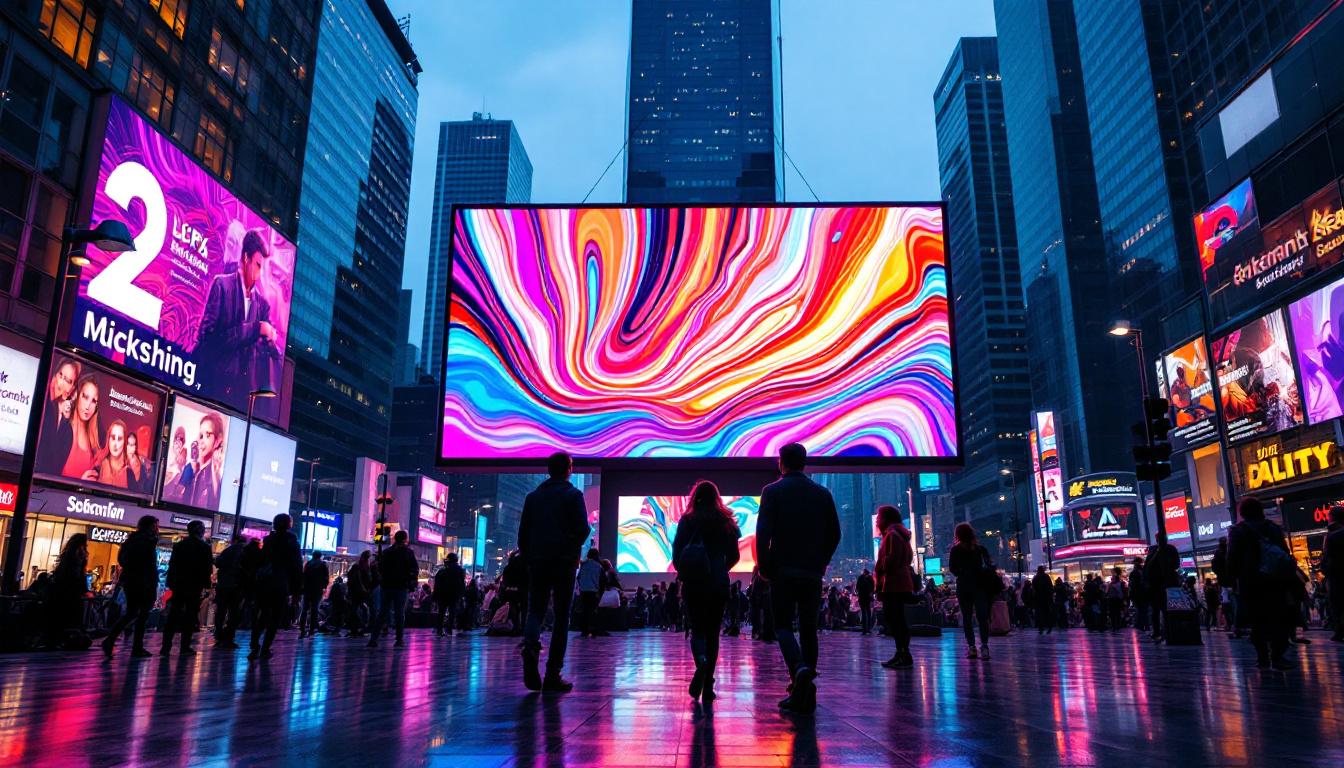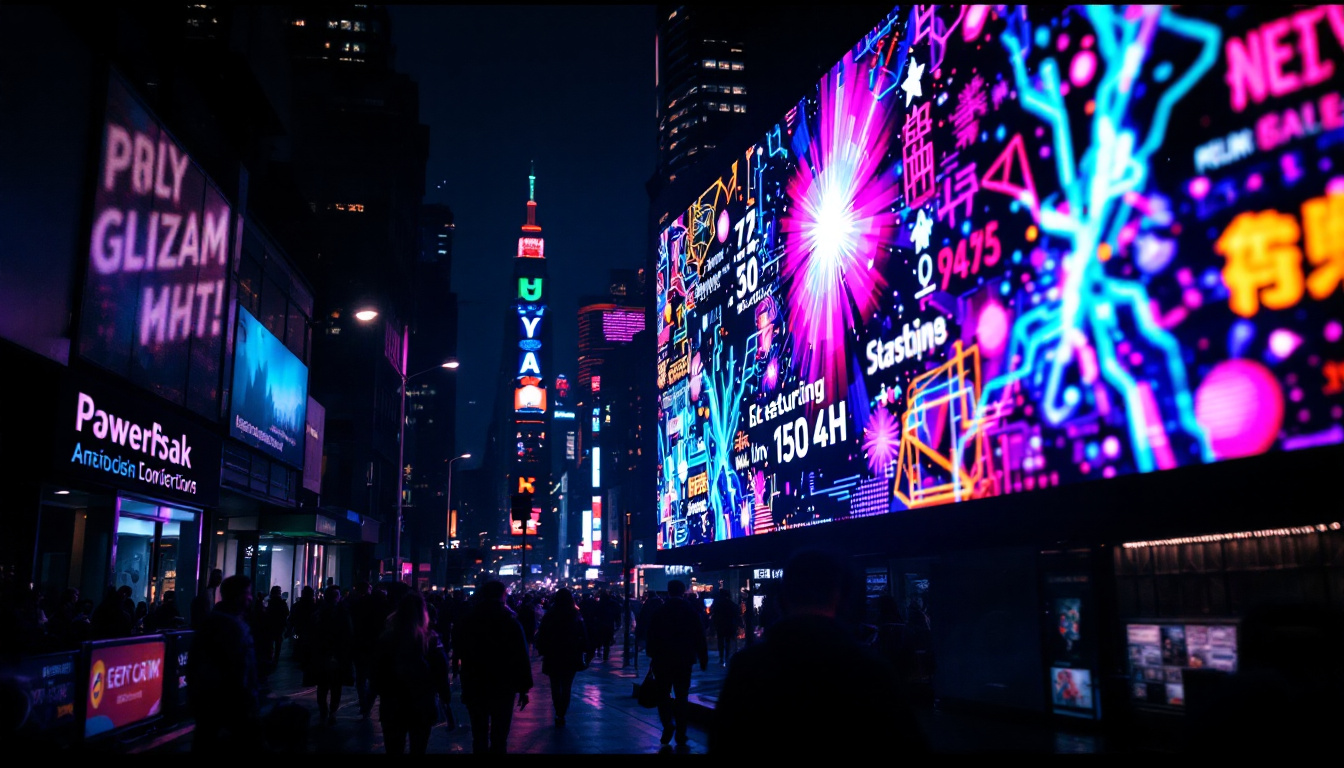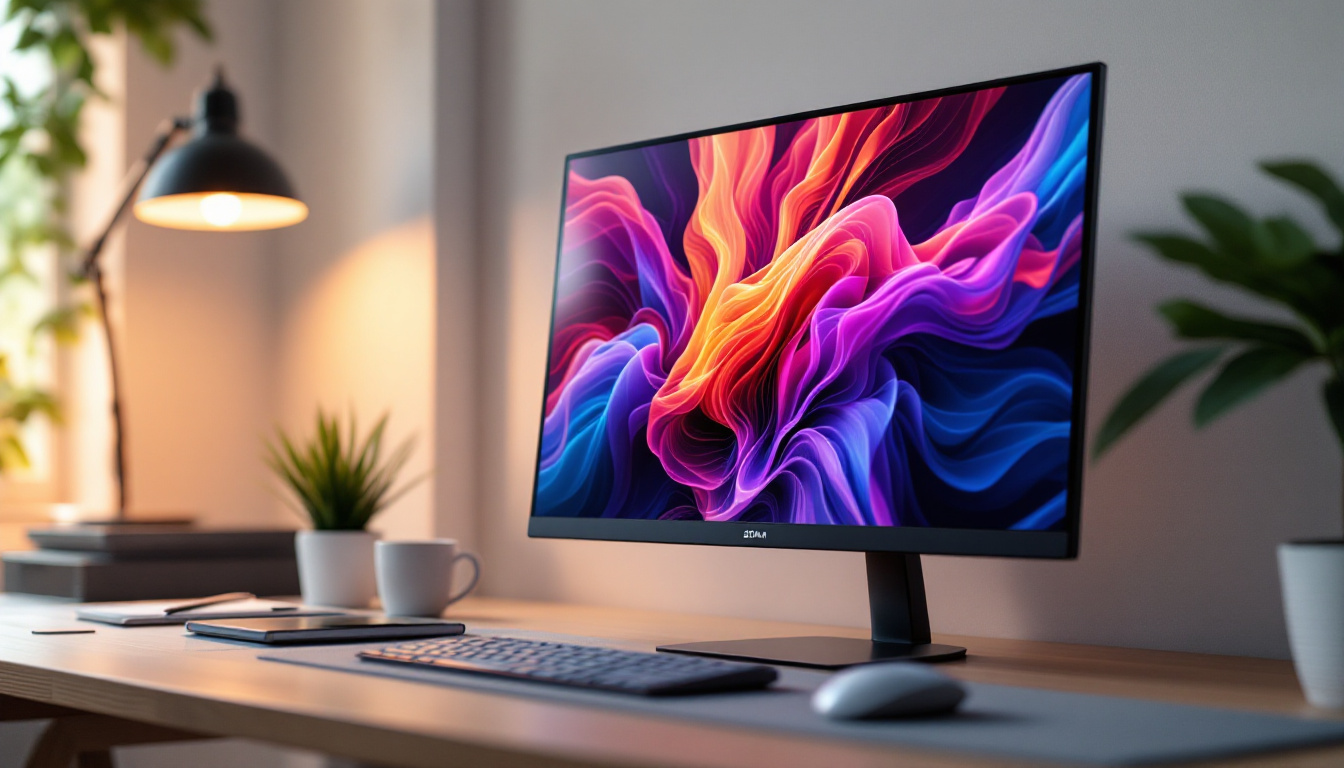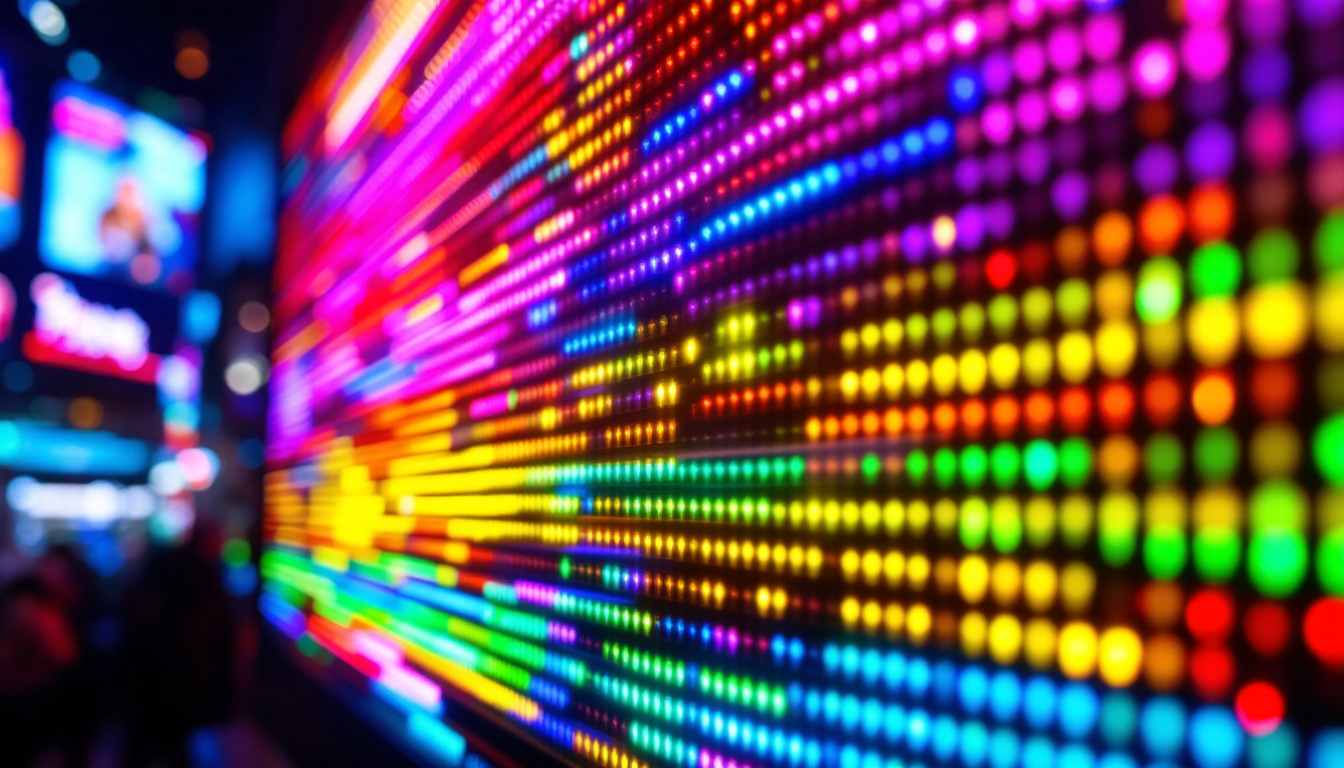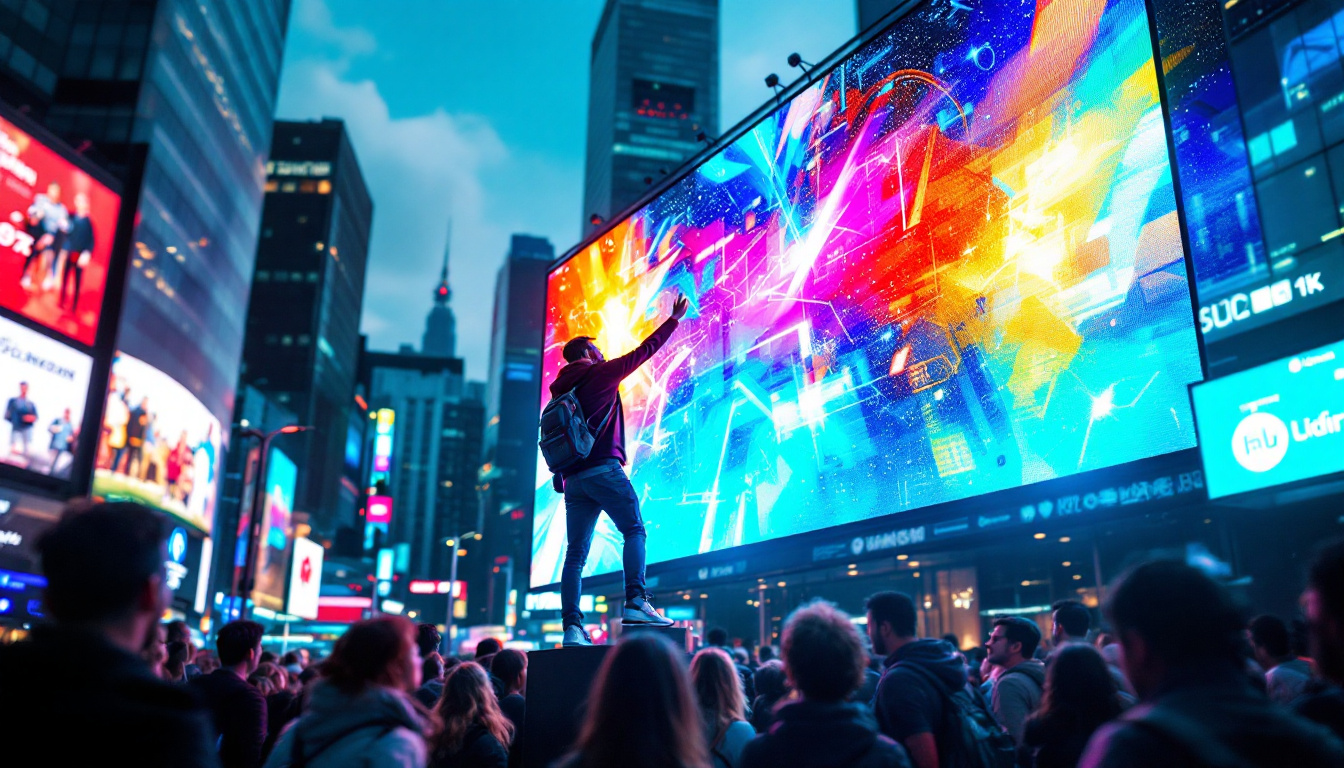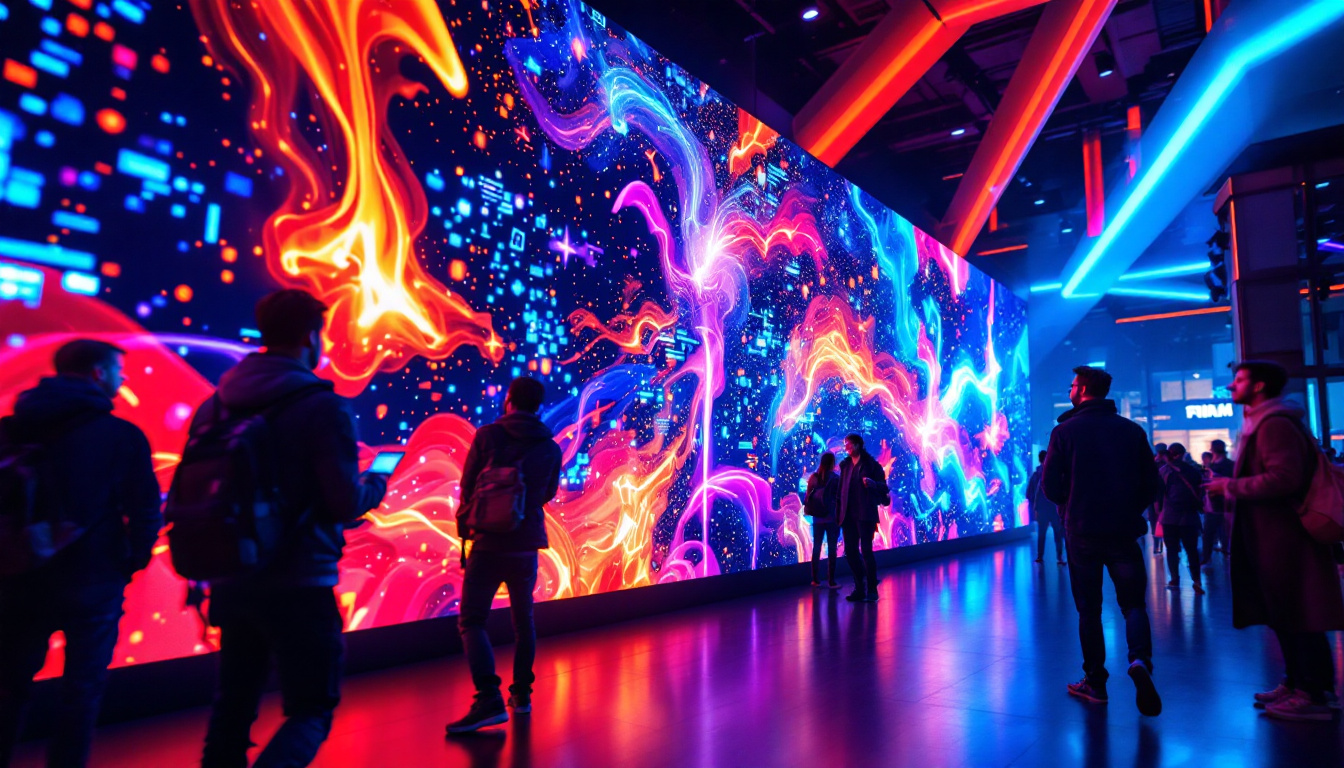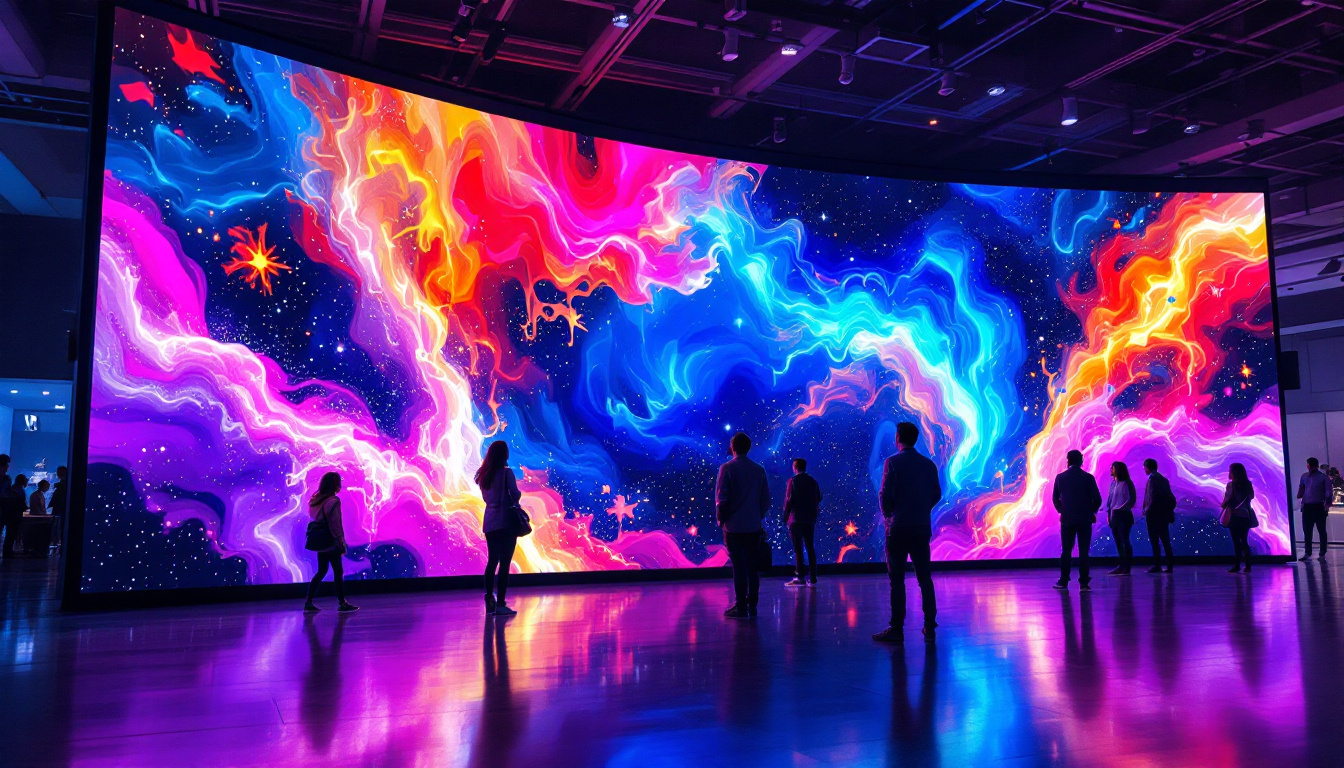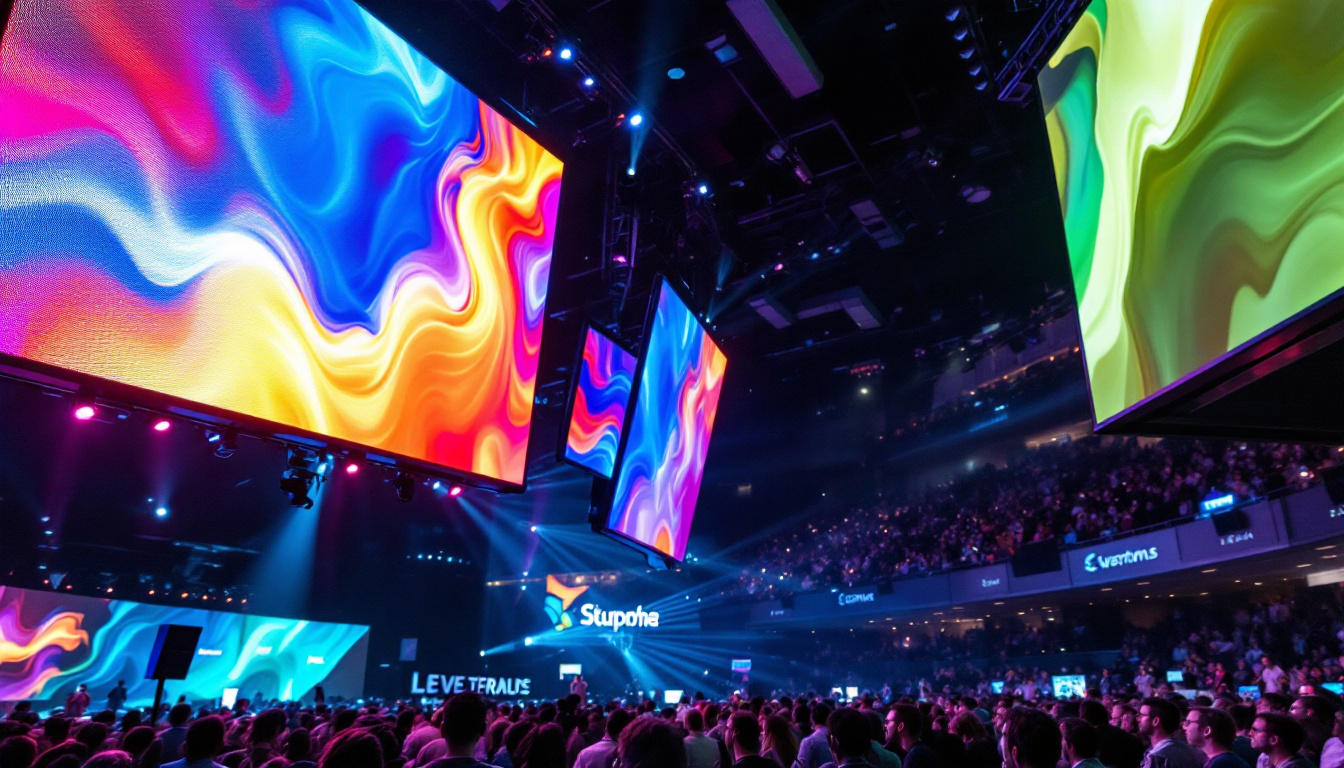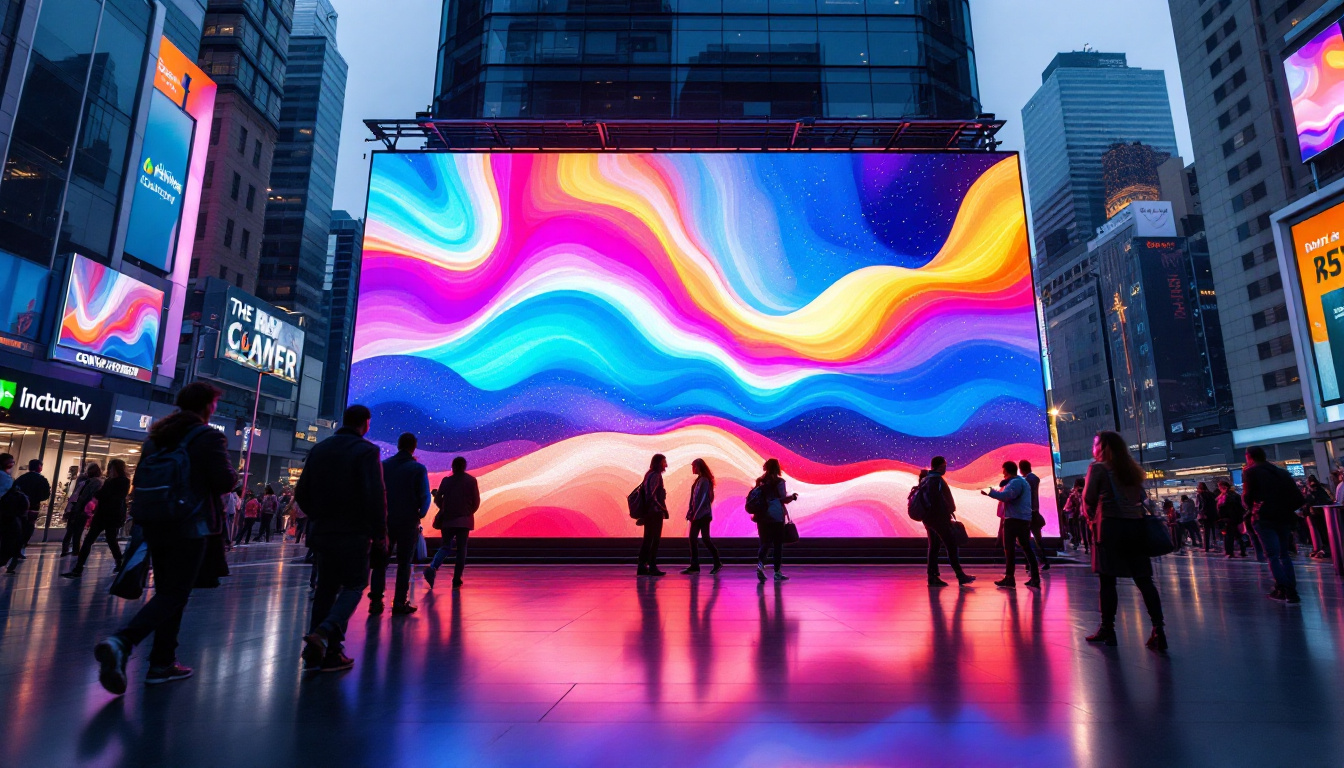In the world of technology, understanding measurements and specifications is crucial, particularly when it comes to displays. One common question that arises is how to convert inches to millimeters, especially for LED displays. This article will delve into the specifics of converting 38 inches to millimeters and explore the intricacies of LED displays, their technology, and their applications.
Understanding the Conversion: Inches to Millimeters
To start, it is essential to grasp the basics of measurement conversion. The inch is a unit of length commonly used in the United States and other countries that do not primarily use the metric system. In contrast, millimeters are part of the metric system, which is widely adopted around the globe. The metric system is often praised for its simplicity and ease of use, as it is based on powers of ten, making calculations more straightforward compared to the imperial system.
Conversion Formula
The conversion from inches to millimeters is straightforward. One inch is equivalent to 25.4 millimeters. Therefore, to convert 38 inches to millimeters, the calculation is as follows:
38 inches × 25.4 mm/inch = 965.2 mm
This means that a 38-inch display measures 965.2 millimeters diagonally. Understanding this conversion is vital for anyone looking to purchase or compare display sizes, particularly in international markets. For example, when shopping for televisions or computer monitors, specifications may be listed in millimeters, and being able to convert these figures can help consumers visualize the actual size of the product they are considering.
Why Conversion Matters
Knowing how to convert measurements is not just a matter of academic interest; it has practical implications in various fields. For instance, when selecting an LED display, one might encounter specifications in millimeters. Understanding how to convert these measurements allows consumers to make informed decisions based on their needs. This is particularly important in industries such as photography, where the size of prints and frames may be specified in millimeters, and accurate conversions can significantly impact the final presentation of a project.
Additionally, in design and manufacturing, precise measurements are crucial. Engineers and designers must ensure that components fit together correctly, and accurate conversions help avoid costly mistakes. In the automotive industry, for example, parts are often designed using the metric system, so engineers in countries that primarily use inches must be adept at converting measurements to ensure compatibility. Furthermore, as globalization continues to influence trade and commerce, the ability to navigate between different measurement systems becomes increasingly valuable, fostering better communication and collaboration across borders.
The Basics of LED Displays
LED displays have become increasingly popular due to their vibrant colors, energy efficiency, and versatility. But what exactly is an LED display, and how does it work? This section will provide an overview of LED technology and its applications.
What is an LED Display?
An LED display utilizes light-emitting diodes (LEDs) to produce images and videos. Unlike traditional LCD screens, which rely on backlighting, LED displays generate light through the diodes themselves. This technology allows for thinner screens, better contrast ratios, and improved energy efficiency.
LED displays can be found in various forms, including televisions, computer monitors, and large outdoor screens. Their ability to produce bright, vivid colors makes them ideal for both indoor and outdoor use. In addition to their aesthetic advantages, LED displays are also known for their durability and long lifespan, often lasting tens of thousands of hours. This longevity reduces the need for frequent replacements, making them a cost-effective choice in the long run.
Types of LED Displays
There are several types of LED displays, each designed for specific applications. The most common types include:
- Direct View LED: These displays consist of individual LEDs arranged in a grid, allowing for high brightness and excellent color accuracy. They are often used for large advertising screens and billboards.
- LED-backlit LCD: These displays use LEDs to illuminate an LCD panel. They offer improved contrast and energy efficiency compared to traditional LCDs, making them popular for televisions and monitors.
- Organic LED (OLED): OLED displays use organic compounds to emit light. They provide exceptional color depth and contrast, making them ideal for high-end televisions and smartphones.
In addition to these common types, there are also specialized LED displays designed for unique environments. For instance, flexible LED displays can be bent and shaped to fit unconventional spaces, making them perfect for creative installations in art galleries or retail environments. Furthermore, transparent LED displays are gaining traction in commercial settings, allowing for eye-catching advertisements without obstructing views, thus merging functionality with aesthetics. These innovations highlight the adaptability of LED technology, catering to a wide range of industries and creative applications.
Advantages of LED Displays
LED displays offer numerous advantages over traditional display technologies. Understanding these benefits can help consumers and businesses make informed choices when selecting display solutions.
Energy Efficiency
One of the most significant advantages of LED technology is its energy efficiency. LED displays consume less power than traditional LCD or plasma displays, making them more environmentally friendly and cost-effective in the long run. This reduced energy consumption is especially beneficial for large installations, such as digital billboards or video walls.
Longevity and Durability
LED displays are known for their longevity. With a lifespan that can exceed 50,000 hours, they require less frequent replacements compared to other display technologies. Additionally, LEDs are more durable and resistant to shock, making them suitable for various environments, including outdoor settings.
High Brightness and Contrast
LED displays can achieve higher brightness levels than traditional displays, making them ideal for use in bright environments. This capability ensures that images remain visible even in direct sunlight. Furthermore, the contrast ratios of LED displays are superior, providing deeper blacks and more vibrant colors.
Applications of LED Displays
The versatility of LED displays allows them to be used in a wide range of applications. From advertising to entertainment, their impact is significant across various industries.
Advertising and Marketing
LED displays are a popular choice for advertising due to their eye-catching visuals and ability to display dynamic content. Retailers often use large LED screens to showcase promotions, product launches, and other marketing campaigns. The ability to change content quickly and easily makes LED displays a powerful tool for attracting customers.
Entertainment and Events
In the entertainment industry, LED displays are commonly used in concerts, festivals, and sporting events. Large video walls can enhance the audience experience by providing close-up views of performances or games. Additionally, LED screens are often used for stage backdrops, creating stunning visual effects that complement live performances.
Public Information Displays
LED displays serve an essential role in public information systems. They are used in transportation hubs, such as airports and train stations, to provide real-time updates on schedules and delays. Additionally, LED screens can convey important safety information in public spaces, ensuring that the public remains informed and safe.
Choosing the Right LED Display
When selecting an LED display, several factors must be considered to ensure it meets specific needs and requirements. This section will outline key considerations to keep in mind.
Size and Resolution
The size of the display is one of the most critical factors to consider. The right size will depend on the viewing distance and the intended use. For instance, a larger display may be necessary for outdoor advertising, while a smaller screen may suffice for indoor use.
Resolution is equally important. Higher resolution displays provide clearer images and finer details. When selecting a display, it is essential to consider the pixel pitch, which refers to the distance between individual pixels. A smaller pixel pitch results in a higher resolution and better image quality.
Brightness and Viewing Angle
Brightness is another crucial factor, especially for outdoor displays. The brightness level is measured in nits, and higher values are necessary for visibility in bright environments. Additionally, the viewing angle should be considered, as it affects how well the display can be seen from various positions.
Installation and Maintenance
Finally, the installation and maintenance requirements of the display should be evaluated. Some LED displays are designed for easy installation and can be mounted in various configurations. Additionally, consider the maintenance needs, as some displays may require more frequent servicing than others.
The Future of LED Displays
The LED display industry is continually evolving, with advancements in technology leading to new possibilities. As the demand for high-quality displays grows, manufacturers are investing in research and development to enhance performance and capabilities.
Emerging Technologies
One of the most exciting developments in LED technology is the emergence of MicroLED displays. These displays use microscopic LEDs to create images, offering even greater resolution and efficiency than traditional LED displays. MicroLED technology has the potential to revolutionize the display industry, providing unparalleled image quality and flexibility.
Sustainability Initiatives
As environmental concerns continue to rise, the LED industry is also focusing on sustainability. Manufacturers are exploring ways to reduce waste and improve the recyclability of LED products. This shift towards sustainable practices is not only beneficial for the environment but also appeals to consumers who prioritize eco-friendly products.
Conclusion
In conclusion, understanding the conversion from inches to millimeters is just one aspect of navigating the world of LED displays. With their numerous advantages, including energy efficiency, durability, and vibrant visuals, LED displays have become a staple in various applications, from advertising to entertainment.
When choosing an LED display, it is essential to consider factors such as size, resolution, brightness, and installation requirements to ensure the selected display meets specific needs. As technology continues to advance, the future of LED displays looks promising, with innovations paving the way for even more impressive solutions.
Whether for personal use or business applications, LED displays offer a compelling blend of performance and versatility, making them a wise investment for the future.
Discover LumenMatrix’s Innovative LED Display Solutions
Ready to experience the future of visual communication? LumenMatrix is at the forefront of LED display technology, offering a wide array of solutions to meet your every need. From captivating Indoor and Outdoor LED Wall Displays to dynamic Vehicle and Sports LED Displays, our products are designed to enhance brand visibility and engage audiences. Whether you’re looking for a Custom LED Display, an All-in-One solution, or the sleek aesthetics of a Transparent LED Display, LumenMatrix has you covered. Elevate your visual impact with our cutting-edge LED display modules. Check out LumenMatrix LED Display Solutions today and transform your space into a mesmerizing visual experience.

